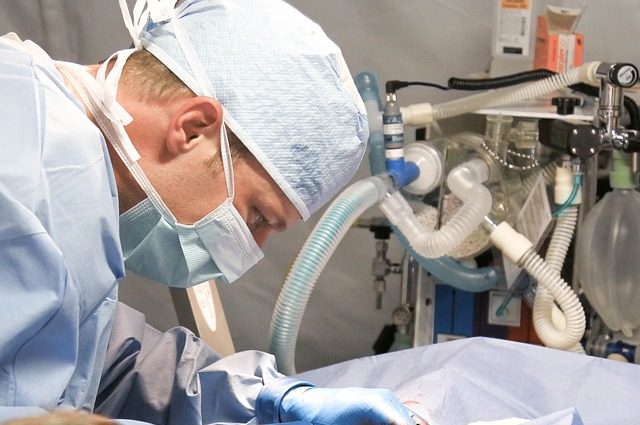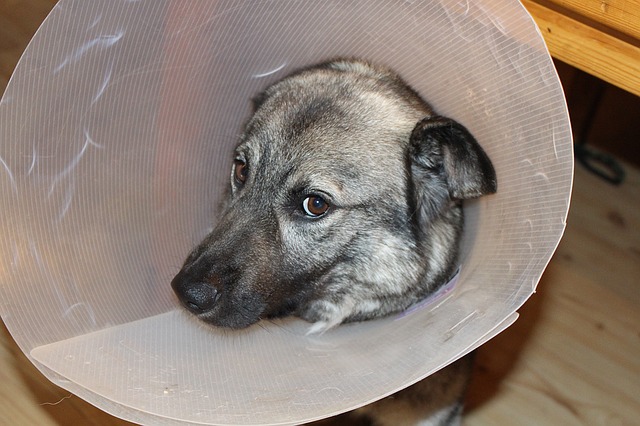
Gastrointestinal obstructions in dogs can be located anywhere along the digestive tract from the stomach to the colon. They occur when the natural flow of ingested materials becomes stopped up, making it difficult for the dog to pass stool or gas.
Bowel obstructions are fairly common in dogs due to their habit of ingesting non-food items.
Who is at risk for a gastrointestinal obstruction?
While any dog can potentially suffer from a gastrointestinal obstruction, puppies are especially susceptible as they explore the world with their mouths. Similarly, adult dogs that love to chew items like sticks, rocks, paper products and socks are more likely to accidentally swallow an obstruction-causing object.
In addition to swallowed items, blockages can occur when part of the digestive tract becomes inflamed, twisted, or narrowed due to a hernia, tumor, or canine bloat.
Which items are most likely to cause gastrointestinal obstructions in dogs?
Toys, bones, rocks, sticks and balls rank highly on the list of common obstruction-causing foreign bodies in dogs. Many pups also have a tendency to gravitate toward items you may not even realize are dangerous. For example, dogs love clothing that smells like their humans. This is why socks, underwear and panty hose top VPI Pet Insurance‘s list of the most common items surgically removed from canine GI tracts.
Diapers, tampons, sanitary napkins, and paper towels can be especially dangerous due to their high absorbency. These items are designed to expand when they come in contact with moisture, making them more likely to block the gastrointestinal tract.

What are the symptoms of gastrointestinal obstructions in dogs?
Dogs experiencing a foreign body emergency may vomit, struggle to pass stool and become lethargic, dehydrated and weak. Next, severe abdominal pain, tissue necrosis and infection occur creating a critical situation that will result in death without immediate intervention.
According to PetMD, “the primary symptoms that may appear include vomiting, especially after eating, anorexia, weakness, diarrhea, and weight loss.”
How are gastrointestinal obstructions diagnosed?
Diagnostic imaging such as radiographs and ultrasound may reveal the site of a blockage. Hard objects such as rock and bone appear bright white on these images, while softer materials may not be visible. The use of imaging dye can help reveal where the blockage is located along the gastrointestinal tract, but endoscopy may be necessary.
An endoscope is a small tube with a tiny camera that is fed through the dog’s mouth and into the stomach under anesthesia. This method allows the veterinarian to examine the upper portion of the GI tract, remove certain foreign bodies, and take biopsies if needed.

What is the treatment and prognosis?
Most gastrointestinal obstructions in dogs require surgical intervention as well as follow-up treatments to prevent infection and dehydration. If a foreign body or tumor is causing the blockage, it will likely be removed surgically or by endoscopy. In the case of gastric torsion or bloat, the stomach is repositioned and often “tacked” to the abdominal wall to prevent reocurrence.
Intestinal blockages can become deadly if tissue death, sepsis or shock occur, so be sure to seak treatment at the first sign of illness. No matter the cause of the blockage, the sooner it is diagnosed and treated, the better the prognosis!

How to prevent gastrointestinal obstructions in dogs:
So, how can you protect your pup from experiencing a horrifying gastrointestinal obstruction? Although there is no foolproof answer, there are several steps you can take to minimize the risks:
Know your pet’s habits.
Is your dog a heavy chewer? Does he like to tear up his toys or snag your socks out of the hamper? Maybe he has a stick obsession when he’s in the yard. If you know the objects your dog gravitates towards you can be hyper-vigilant about keeping them out of reach.
Inspect toys and chew bones frequently.
Spend a few moments digging through the toy box once a week. Look for partially torn plushies, damaged toys, and ones with small, loose pieces. Chew toys and Nylabones should also be discarded when they get too small.
Sweep and vacuum often.
Believe it or not, human hair is a very common cause of foreign bodies in smaller pups. They lick the bathroom floor and strands accumulate in the intestine over time creating a blockage. Carpeting, lint and general detritus can have the same effect, so keep floors free of loose debris.
Check for risk factors before leaving the house.
Bored dogs are far more likely to get into trouble, so be sure to pick up toys, bones, clothing, etc before leaving your pup home alone. Cognitive toys that dispense treats as your pup plays can help minimize mischief and separation anxiety while you’re away.
Monitor your dog during play and in the yard/on walks.
A dangerous object can be ingested in the blink of an eye. Watch your pup closely when outside so that you can spot potential threats before he does. During play or chew times, monitor dogs closely.
Know the signs of bloat.
In gastric dilation volvulus (GDV), the stomach becomes so heavy and distended it twists or flips along its axis, causing a bowel obstruction. Learn the signs to watch for and which dogs are most at risk for bloat here.
When in doubt, seek help immediately.
If you suspect your dog has bloat or has ingested a foreign object, call your veterinarian. Diagnostic testing could mean the difference between a funny story to tell your friends and a devastating emergency for your furry BFF.
H/T to PetMD
The post Gastrointestinal Obstructions In Dogs: What Every Owner Needs To Know appeared first on iHeartDogs.com.
via Whisker Therapy